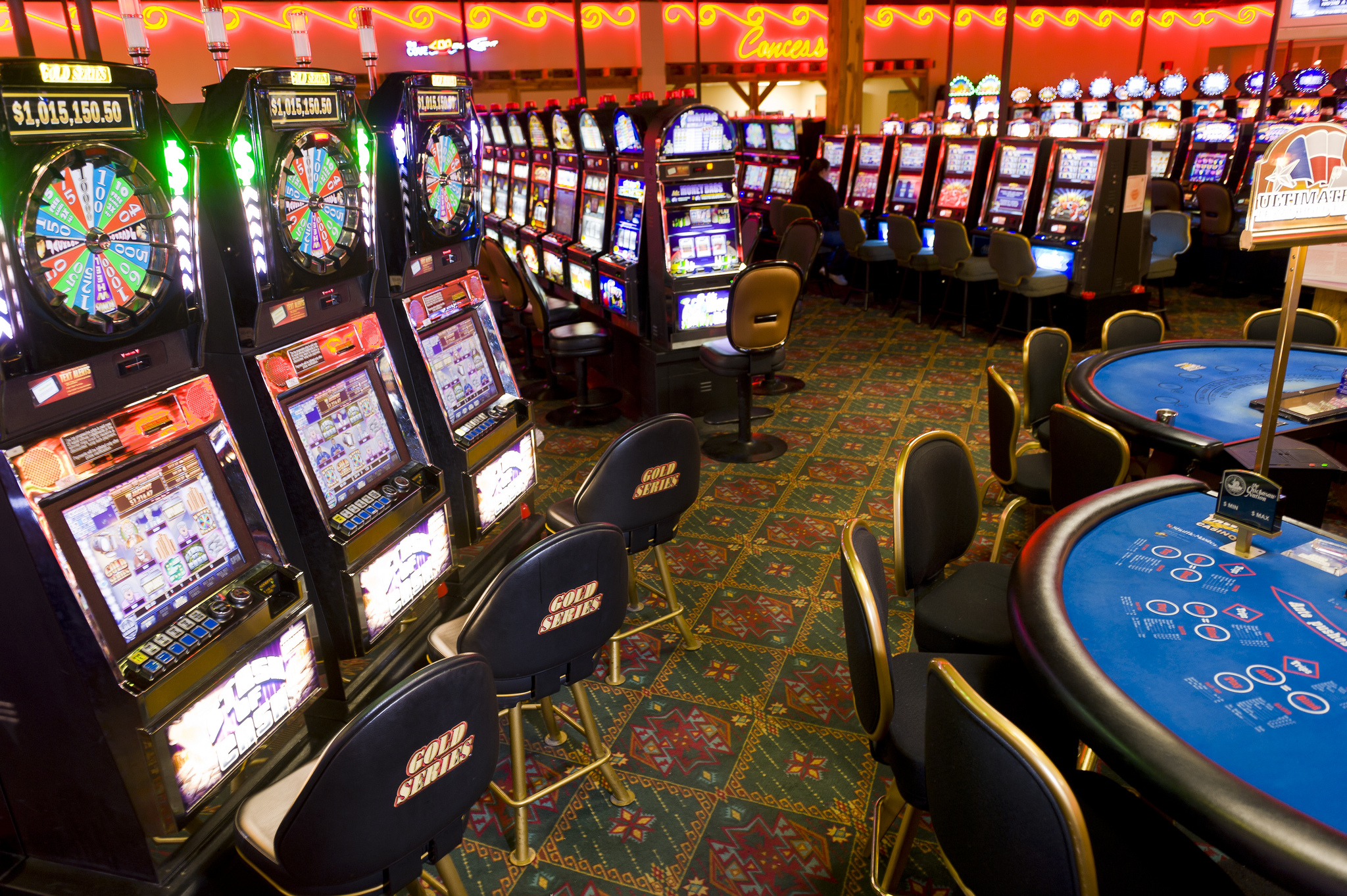Regarding slot machines, players often find themselves captivated by the flashing lights, intriguing themes, and the excitement of spinning the reels. But beyond the sparkle and entertainment lies an essential concept that every player should understand: Return to Player percentage, or RTP. This vital metric plays a significant role in influencing the amount of money you can expect to receive back over time, influencing your gaming experience and strategy as you play.
RTP is usually expressed as a percentage and reflects the mean amount of funds returned to players compared to the cumulative wagers. For instance, if a slot game has an RTP of ninety-five percent, it means that, on the average, players get back $95 for every 100 dollars wagered. Understanding this concept can enable players to make better choices when deciding on slots to spin, ultimately enhancing their gaming experience at the casino.
What exactly the meaning of RTP?
Return to Player, commonly referred to as RTP, refers to a crucial factor within slot machine games. It represents the proportion of total wagered amounts which a specific slot is set to pay back to players over time. For example, if a slot has an RTP of 95%, this means that, theoretically, players can expect to get back ninety-five dollars for every $100 bet in the long run. Understanding RTP helps players evaluate the potential returns of different slots.
RTP is not a promise of individual wins but rather a average calculated throughout many spins. Individual players’ experience might be different significantly due to the luck built-in in the games. A higher RTP implies superior odds for the player, thus making it a critical factor to think about when selecting the slots to choose. Nonetheless, even with a high RTP, there can be periods where players encounter losses, as luck plays a significant role.
It is important to note that various slots have different RTP percentages. Some games could display a lower RTP as a result of a significant enjoyment or unique features, while others maintain a higher percentage to attract more cautious players. Recognizing RTP empowers players to make educated decisions about their gaming strategies and control their money effectively while relishing the thrill of casino slot games.
The Way Return to Player is Being Determined
A Return to Player, or RTP, represents a key indicator within the realm pertaining to casino slot machine games. It denotes the proportion of total bet money that a slot machine can be expected to pay back to players over time. Understanding the method by which this measurement is calculated requires insight into both the slot’s architecture as well as its reward structure. This return value is calculated through intricate calculations as well as statistical analyses executed during the slot machine creation process. Slot developers take into account multiple factors, which include the frequency of successful combinations and the size for returns on every outcome.

In order to calculate RTP, developers simulate a large number in terms of spins of the game. These simulations help determine how much on average, a player is likely to earn based on their bets. For instance, when a slot game boasts an average return of 95%, this means that, theoretically, for every $100 dollars wagered, gamblers can expect to receive ninety-five dollars in return in the long term. That figure doesn’t represent the amount a gambler might receive in a one session or over a couple of plays; rather, it reflects overall payout expectations.
RTP values tend to be generally disclosed from the gaming house or slot creator. Gamblers must always seek out such information when choosing a slot game, as it has the potential to influence their overall enjoyment. A greater return value usually indicates a higher chance of winning back a portion of bets, although individual sessions may differ considerably. Understanding this concept can help gamblers to choose wisely while improve their overall experience in the world of slot games.
Significance of RTP in Gaming
Understanding the RTP or Return to Player is essential for any gamer involved in slot machines. RTP refers to the proportion of wagered money that a slot machine is designed to pay back to gamers over the long run. sv368 A higher RTP indicates that gamers can expect receiving a bigger portion of their bets back, making it an important factor for those attempting to maximize their play experience. Understanding this number aids gamers make informed decisions about which slots to play, as it can significantly influence their chances of winning.
Additionally, RTP has a central role in the overall fairness and transparency of casino slots. Gamers are often attracted to slots with greater RTP percentages because they provide a better chance of winning over the long term. Gaming establishments and software creators use Return to Player as a marketing tool to draw in players, ensuring they maintain a competitive edge in the thriving gaming industry. By understanding of RTP, gamers can choose slots that align with their comfort level and objectives.
Finally, the concept of Return to Player promotes responsible gambling behavior. Recognizing that not all games will provide immediate returns and that Return to Player is based on extended play, players can regulate their expectations and playing habits effectively. This knowledge enhances the enjoyment of slot games while fostering a more sustainable gaming environment. Gamers who comprehend the importance of RTP are more prone to have a more satisfying experience and lessen the chances of gambling issues.
